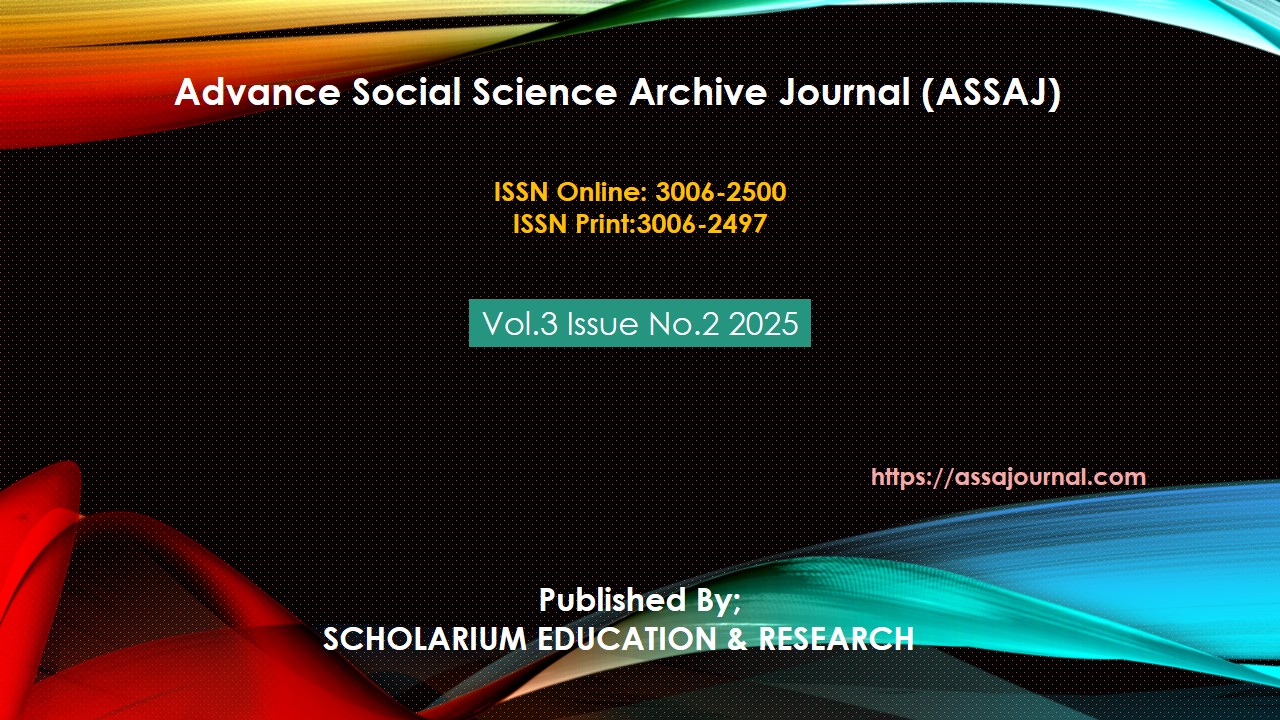Nuclear Security in Pakistan: Measures, Myths, and Realities
Abstract
Pakistan’s nuclear security framework has been a focal point of global scrutiny, particularly due to its rapid nuclear expansion and the volatile geopolitical environment of South Asia. This study examines the multifaceted aspects of nuclear security in Pakistan, addressing both the implemented measures and the persistent myths surrounding its program. Since the 1998 nuclear tests, Pakistan has established robust institutional mechanisms, including the National Command Authority (NCA) and Strategic Plans Division (SPD), to oversee nuclear safety and deterrence. Physical security protocols, cybersecurity measures, and Human Reliability Programs (HRPs) are critically analyzed, highlighting Pakistan’s efforts to mitigate risks such as insider threats, terrorism, and illicit trafficking. Despite these measures, challenges remain, including public misperceptions and international skepticism, often fueled by exaggerated claims of vulnerability. The study dispels common myths such as the "loose nukes" narrativemwhile acknowledging real concerns, such as evolving cyber threats and regional instability. It also explores the role of non-governmental organizations (NGOs) in advocating for nuclear safety and fostering public awareness. By juxtaposing Pakistan’s security infrastructure with prevailing myths, this analysis underscores the need for a balanced, evidence-based discourse to address both domestic and international apprehensions. The findings emphasize Pakistan’s commitment to maintaining a credible minimum deterrent while navigating the complexities of nuclear security in a high-stakes region.
Keywords: Pakistan, Nuclear Security, National Command Authority (NCA), Strategic Plans Division (SPD), Physical Security, Cybersecurity, Human Reliability Program (HRP), Non-Proliferation, South Asia, Deterrence





